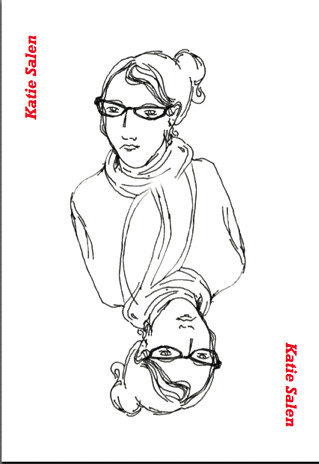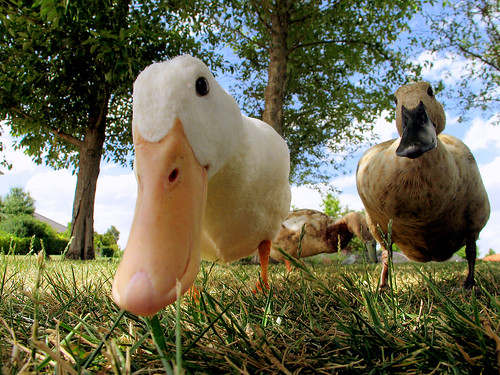In video games, you don't want a player who is just learning the controls for the first time to have to also survive a barrage of attacks. Learners need a safe environment to get the hang of things before they can be challenged. The same should be true in a classroom. A student shouldn't be in constant fear of being wrong while they are trying to first grasp something.
At the same time, failure is a good thing. In games, trying and failing not only makes victory that much sweeter, but it ensures that the player has mastered a necessary skill before moving on. Why in school do students have only one chance to pass a test? Why do they have to move on to the next topic even when they haven't mastered the previous one? I see this often when tutoring math: because a student doesn't have a solid base to work from, they get progressively more lost for each new topic.
The social aspect (and community) as well as the concept of sharing are important to learning. There's no problem consulting fellow players of a particular game to get tips and tricks, or building a team of players who specialize in a particular skill but understand the big picture — yet the classroom parallel is often seen as cheating. Even the typical spatial arrangement of a classroom, where students sit in rows facing the teacher, reinforces the focus on the individual.
These were the main takeaways from Katie's talk, as she summarized them:
- Design for friendliness
- Enable good practice (with failure)
- Support human-to-human exchange (qualitative feedback from peers)
- Keep challenge constant
- Make sharing seem like a gift
- Mind the gap (leave holes for students to fill)
- And, of course, don’t shoot the player when they’re learning







